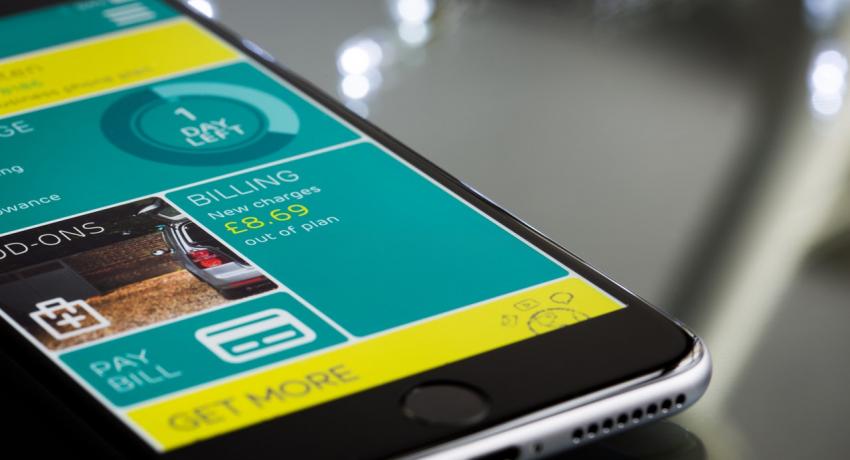If you haven’t already updated your website to be mobile-responsive, you’re not alone. As of the middle of 2018, 44% of Fortune 500 companies still had not updated their sites to phone and tablet-friendly versions.
What Does Mobile-Friendly Mean?
Have you ever wondered how websites adjust to different device displays? Are you wondering right now how your website can look better and be much easier to use on your phone?
It’s simple. Your website was not designed to be displayed on a phone. If your website is more than five years old, there’s a fair chance it may not be mobile responsive. If your website is more than 10 years old, and has not had a recent design overhaul, those odds increase to near 100%.
Mobile-responsive design is the answer. Sites that have been designed with mobile devices in mind query the device for the device type and screen size. They then adjust the elements of your site so that they fit properly and are easy to read and use.
Is My Site Mobile Friendly?
It's easy to find out. You can check here: Google's Mobile Friendly Test.
Why Is This Important?
First of all, the usage of mobile devices to access the internet has skyrocketed over the last decade.
• As of 2018, there were over 262 million mobile phone internet users in the United States. Internationally, well over 2 billion people access the internet via a mobile device.
• In the United States, 44.5 million of those users primarily use only a phone for internet usage.
• Overall, in 2018 52.2% of all internet traffic worldwide was conducted via a mobile device.
• According to Google, “In the USA, 94% of people with smartphones search for local information on their phones. Interestingly, 77% of mobile searches occur at home or at work, places where desktop computers are likely to be present.”
• By 2021, the estimated share of e-commerce conducted via mobile will be 72.9%.
Because so many more people are using phones to shop, mobile-responsive design is essential to keeping customers engaged. According to Google, more than 60% of users will leave a site if it is not easy to read and use on a mobile device, and roughly 40% go to a competitor's site. In fact, Google now uses mobile-responsiveness as a primary ranking factor in organic searches.
What does this mean for you? It means if your site is not mobile-friendly, customers using a phone are both unlikely to find your site, and even if they find it, they're unlikely to stay, contact you, or purchase from your site.
The Good News
If your site is not mobile-responsive, don't panic. A few years ago, having a mobile-friendly site meant developing and paying for two different versions of your site - a desktop version and a mobile version. That is no longer true - it's much easier now to create a site that will serve both desktop and mobile clients, and have the site look fantastic on any device. This makes upgrading to a mobile-friendly site highly cost-effective, and a small price to pay for increased visibility and customer interaction.
How Can I Make My Site Mobile Responsive?
If you are already working with a developer you like, ask them to review your current site. Depending on the state of your site, they may be able to easily upgrade it to a mobile-friendly design. If the site is older, insecure, or is not optimized for today's search engines, they may recommend starting over with a new website. While this may be more expensive, the additional cost usually pales in comparison to the revenue loss by lost leads and customers, or downtime and repair in the case of a hacked website.
If you don't currently have a developer, or are in the market for a new website, do your research. Every site is unique, and it's best to get a custom quote based on your business needs and goals. Beware of low-priced "packages". They can be a good deal for basic point of presence sites - but be sure the developer is including critical items like SEO. Often things like SEO, branding, logo design, hosting, domain names, artwork and images cost extra and are not included in packages.
A website is an investment in the future of your business. Most good development firms will at least offer a free consultation and custom quote. If a firm is not willing to spend some time finding out about your business needs and goals, it's best to look elsewhere. There are plenty of good development firms that want your business.






















